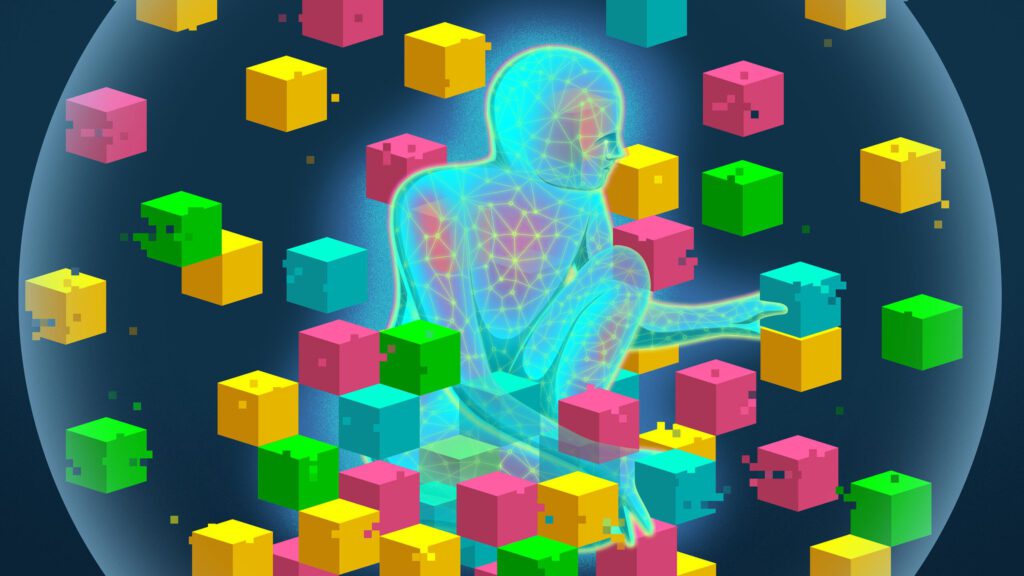Advancements in video game technology have brought forth games with stunningly realistic 3D graphics, intricate networking systems and artificial intelligence, and dynamic music systems. Game engines are the foundation of any modern video game, made up of various systems that work together to create the virtual world. This includes rendering engines, physics engines, scripting engines, and more. The quality of graphics, visuals, and sounds have significant impacts on players’ overall experiences, with motion capture technology making it possible for developers to create increasingly realistic character animations. AI serves to create NPCs, and game developers use a robust networking system to handle online multiplayer modes that allow players to compete with one another.
Virtual Worlds Made Real: Exploring the Technology that Brings Games to Life
Video games have come a long way since their inception. From the 8-bit graphics of the first NES games to the stunningly realistic visuals of today’s AAA titles, technology has rapidly advanced to immerse players in virtual worlds that feel more real than ever before. Behind every game is a complex web of technology that brings these worlds to life. In this article, we’ll explore the technological elements that make modern games possible.
The Game Engine
The game engine is the foundation of any modern video game. It’s the software that handles the complex calculations, graphics rendering, and input/output systems that make up a game. A game engine is made up of various systems that work together to create the virtual world. These systems include rendering engines, physics engines, scripting engines, and more.
A rendering engine is responsible for creating the graphics that players see on their screens. It renders textures, lighting, shadows, and other visual elements in real-time. A physics engine handles the movement and interaction of objects within the game world. It’s responsible for calculating the trajectory of projectiles, simulating the effects of gravity, and other physical mechanics.
Game engines also include scripting engines, which allow game developers to create interactive elements within the game world. With scripting, developers can program NPCs, create branching storylines, and more. All of these systems work together seamlessly to create the virtual world that players experience.
Graphics and Visuals
The quality of the graphics and visuals in a video game has a significant impact on the player’s overall experience. Today, games are capable of producing stunningly realistic visuals, thanks to advances in hardware and software technology.
One of the most significant breakthroughs in visual technology was the development of 3D graphics engines. 3D graphics technology allows games to create realistic landscapes and objects, giving players a more immersive experience. Graphics engines also support advanced lighting systems, allowing developers to create realistic shadows and lighting effects.
The visual fidelity of modern games is further enhanced by realistic textures and animations. Advances in motion capture technology have made it possible for developers to create incredibly realistic character animations, making the virtual world feel more alive than ever before.
Sounds and Audio
The audio in a video game is just as important as the visuals. The sounds and music within the game create the atmosphere, set the mood, and can even influence the player’s emotions. For example, horror games use eerie sounds and creepy music to create a tense and frightening atmosphere.
One of the most significant developments in game audio technology has been the use of surround sound. Surround sound technology immerses players in the game world by creating a 3D sound field around them. This allows players to hear sounds coming from different directions, adding to their feeling of being inside the game.
Today, games also use dynamic music systems that change the music based on the player’s actions. For example, a game might play dark, ominous music when the player is in danger and switch to heroic, upbeat music during a triumphant moment.
Artificial Intelligence
Artificial intelligence (AI) plays a critical role in modern video games. In game development, AI refers to the computer-controlled characters’ ability to make decisions based on changing circumstances in the game. Game developers use a variety of techniques to create AI, including rule-based systems, decision trees, and neural networks.
The most common use of AI in games is for creating non-playable characters (NPCs). NPCs are the computer-controlled characters that populate the game world, such as enemies, companions, and vendors. NPCs can interact with the player and with other NPCs, adding depth and complexity to the game world.
AI is also used for creating challenging opponents in competitive games. Players can face off against AI-controlled opponents that adapt to their playstyle, creating a constantly evolving challenge.
Online Multiplayer and Networking
Modern video games often include online multiplayer modes that allow players to connect and compete with each other over the internet. Online multiplayer gaming requires a robust networking system that can handle a large number of players simultaneously.
Online games use client-server architecture, where the game client running on the player’s computer communicates with a game server hosted by the game developer. The game server manages the game world and sends updates to each player’s client, creating a synchronized game experience.
The networking systems used in online gaming also support features such as voice chat, matchmaking, and leaderboards.
Conclusion
Video games have come a long way since their inception, and modern technology has made it possible to create immersive virtual worlds that feel more real than ever before. The complex web of technology behind every game includes game engines, graphics and visuals, sounds and audio, artificial intelligence, and online multiplayer and networking, among other elements.
Each element of a game’s technology works together to create the virtual world that players experience. As technology continues to advance, we can expect even more impressive and immersive games in the future.
